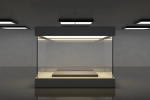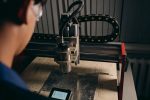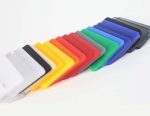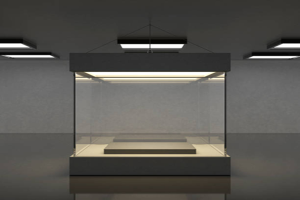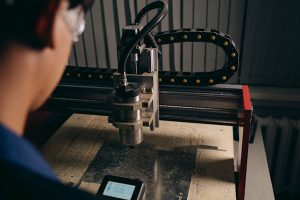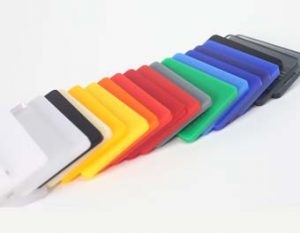Sustainable Fabrication: Reducing Waste in Plastic Manufacturing

Uncategorized
In an era where sustainability is a global priority, businesses are actively seeking ways to reduce their environmental footprint. Plastic manufacturing, often criticised for its ecological impact, is undergoing a transformation. At Denny Plastics, we are at the forefront of this change, offering innovative, sustainable fabrication solutions that minimise waste while maintaining exceptional quality. The […]
View postCrafting Museum-Grade Showcases: The Art of Precision

Uncategorized
When it comes to preserving and presenting priceless artefacts, museum curators, exhibition designers, and art installers demand nothing less than perfection. Denny Plastics specialises in crafting flawless, museum-quality acrylic (Perspex) display cases. These showcases are not just functional; they are a testament to precision engineering and innovative design. Let’s take a closer look at how […]
View postThe Art of Precision: How CNC Routing Transforms Acrylic Projects

blogpost
At Denny Plastics, precision is at the heart of everything we do. Achieving flawless results in acrylic fabrication necessitates a perfect blend of technology and expertise. CNC routing is one such technology that has transformed the way we create high-quality acrylic products. In this blog, we’ll dive into the CNC routing process, its benefits, and […]
View postBespoke Perspex Solutions: Why London Designers Love This Versatile Material

blogpost
At the heart of London’s dynamic design scene, bespoke perspex solutions are rapidly emerging as a favourite medium for creative expression. Designers across the city are discovering that this lightweight, durable material offers an unparalleled blend of functionality and aesthetic appeal, qualities that are essential for today’s innovative projects. Unleashing Creativity with Perspex One of […]
View postTypes of Acrylic: A Guide to Choosing the Right Material for Your Project

Uncategorized
Acrylic, also known as Perspex or plexiglass, is a versatile material widely used across industries for its durability, clarity, and flexibility. From signage and furniture to industrial applications, acrylic offers a range of options to suit diverse needs. With so many acrylic types, how do you choose one for your project? At Denny Plastics, we […]
View post




